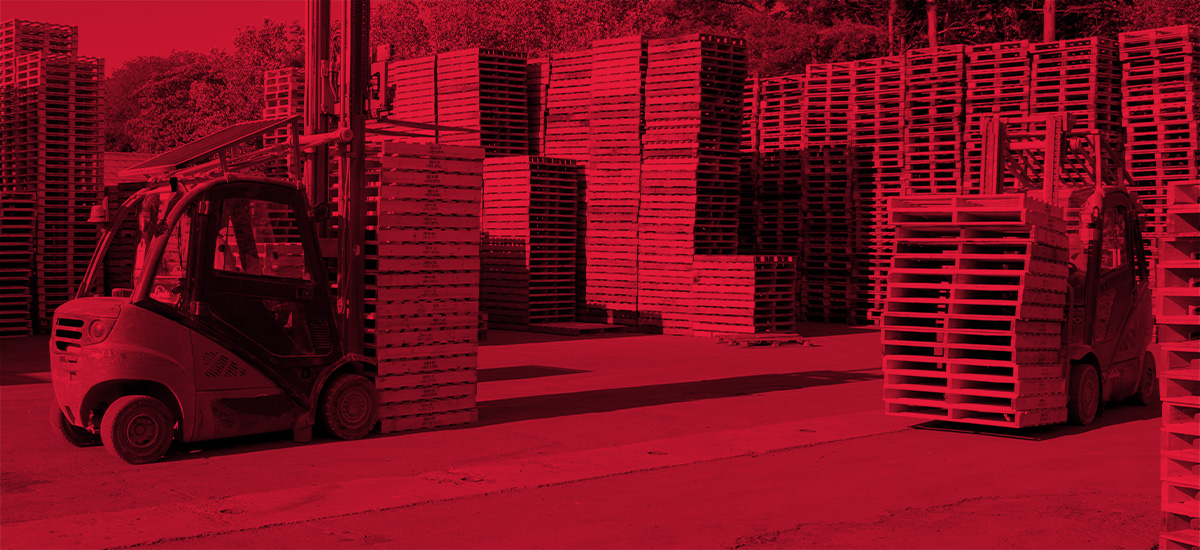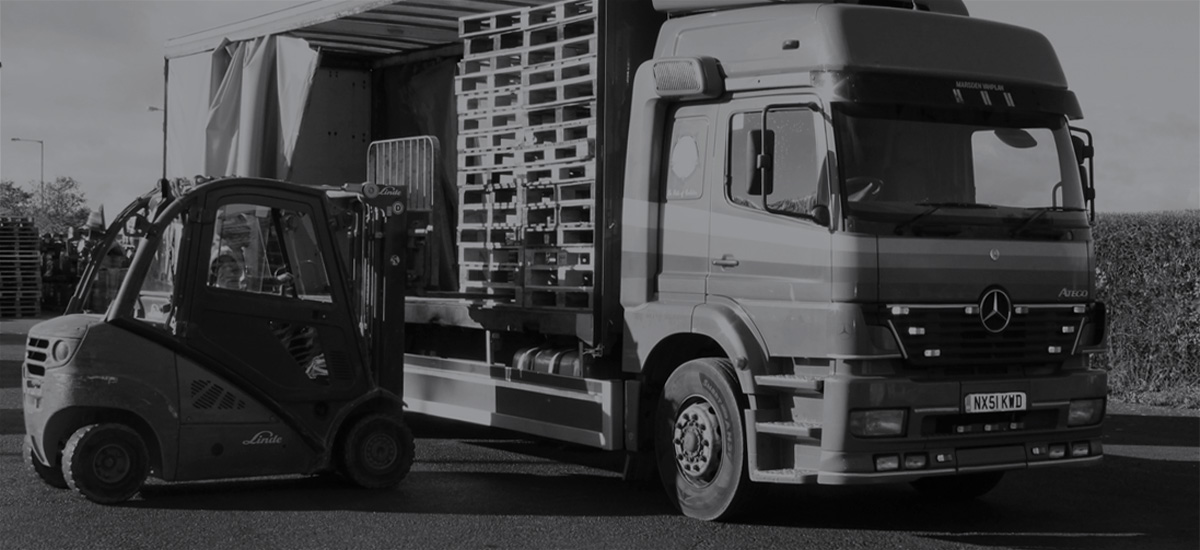Have you ever wondered how our ancestors handled waste? Could we glean something from our history that might inspire us to handle waste differently today? Over the centuries, there have been many innovations in waste management and these upcoming history blogs will provide details of how waste was handled; what worked, and what perhaps didn’t.
How the Romans did it
The Romans are associated with innovative designs and engineering, such as hypocaust heating systems and monumental aqueducts. The mind conjures up a luxurious image of people wearing pristine white togas, draped over comfortable cushions eating grapes. It’s true that the upper echelons of Roman society would have experienced grandeur, but a large proportion of the population did not have access to such luxuries.
In Roman cities, rubbish would build up in the streets and in between buildings due to no formal waste collections. Some heaps became so established that stepping stones were required to avoid feet trudging through the waste. These features have been well preserved in the Roman town of Pompeii, where waste and foul water would flow in the street below the resident’s feet. The smell from rotting refuse would have filled the air. Biodegradable waste in towns and cities would wash away and decompose elsewhere; out of sight, out of mind.
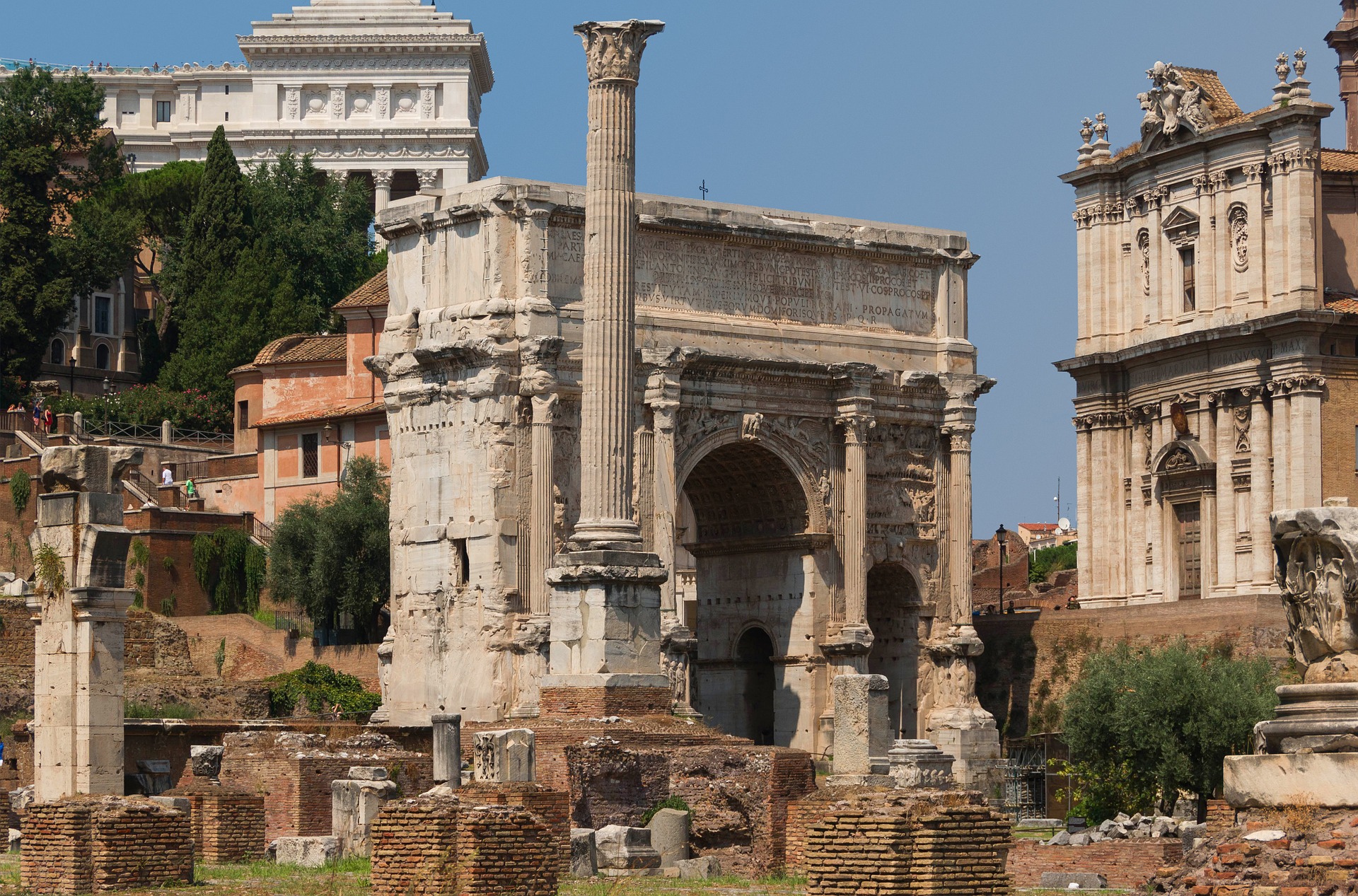
The world’s largest Roman tip was Monte Testaccio, an artificial hill in Rome consisting of millions of shards of broken vessels called amphorae. These vessels would carry wine and olive oil to Rome and once emptied they were broken up and discarded at Monte Testaccio. Reuse and recycling were concepts known to the Romans but contents such as wine and olive oil seeped into the amphorae clay and would go rancid. This prevented further reuse as fresh produce would be ruined.
The disposal of amphorae does tell us that the Romans were organised and thought carefully about non-perishable waste. The biodegradable waste mentioned above would be left to decompose but used storage jars were not just casually dumped. Tip officials oversaw and carefully arranged the storage of this waste to avoid the risk of landslides. Consideration was also taken to mask the rancid smell of perishing oil by sprinkling lime, known for its antibacterial properties, over the shards.
Recycling developed throughout the Roman Empire, clearly shown with glass being re-worked all the way from Rome to Hadrian’s Wall. Roman glass was commonly green-blue in colour and had a clear, unblemished appearance. Glass artefacts from archaeological digs have discovered common green-blue glass with coloured specks clearly visible. This indicates that these artefacts were made from re-melted glass that had been reworked.
Reworked Roman glass proves recycling is an ancient activity. PHOTO: Vassil
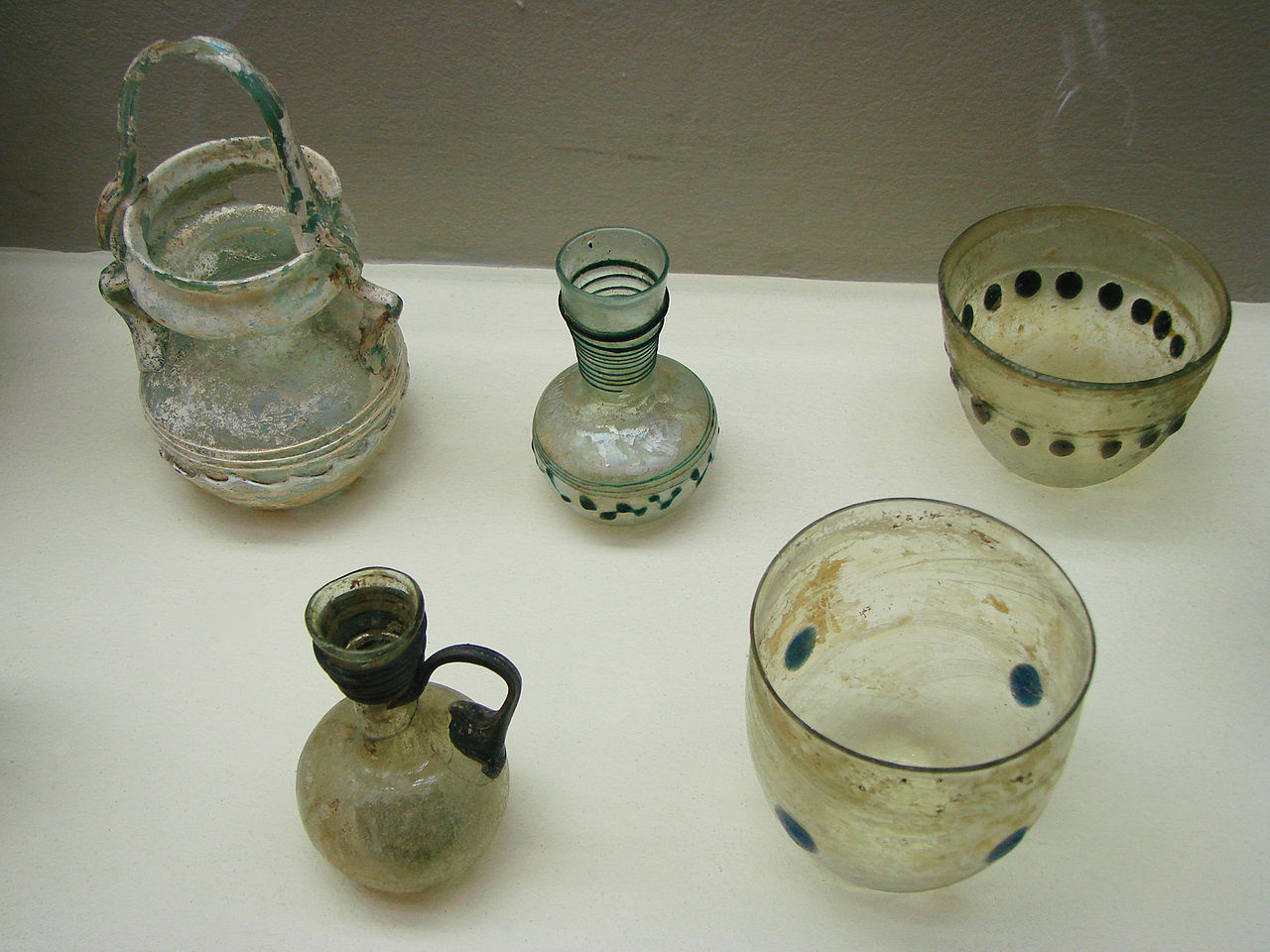
This form of recycling appears to become more widespread from 70AD, a period of great military action for the Romans. Under Emperor Claudius, the Roman Conquest invaded Britain in 43AD and what followed was decades of military action to capture and maintain territory. This period suggests that the need to recycle glass may have originated from the lack of materials available and glass was therefore reworked to plug the shortfall.
There is also another possible decision for the Romans embracing recycling. Compared to melting sand, re-melting worked glass could be done at a lower temperature and therefore manufacturing efforts would be less. The Romans were thinking sustainably, both environmentally and economically. This practise evidently continued into the last centuries of Roman rule in Britain.
Cargo destined for recycling, found near ancient seaport. PHOTO: EPA
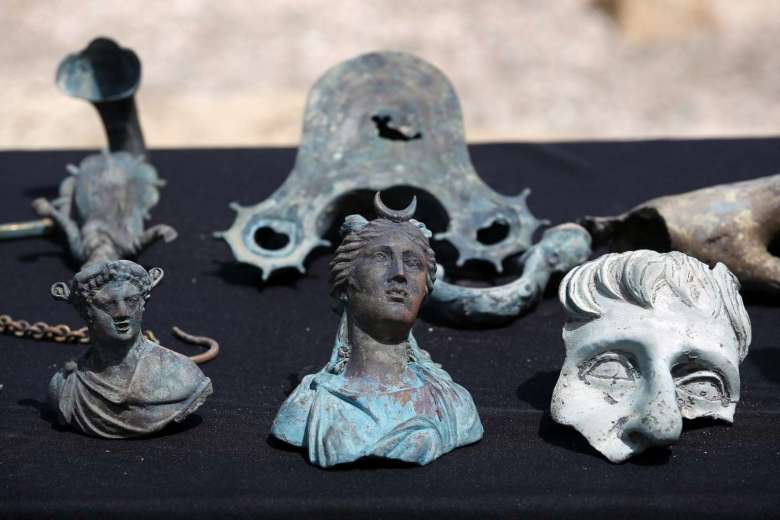
A recent archaeological discovery was a Roman cargo ship found on the seabed of an Ancient Israeli seaport. The merchant vessel which sank outside the port, whose cargo consisted of several coins and bronze statues of Roman gods, is believed to have been destined for recycling. Discarded bronze statues are rarely found as they were commonly melted down and reworked. The cargo has been dated to the time when Christianity was becoming widespread across the Empire. As the statues were of differing Roman gods, perhaps these were no longer needed as Christianity took over, and they were destined to be melted and reworked. Therefore, discoveries like this provide a glimpse into Roman life and how they managed waste.
To conclude, not all Roman wastes were conscientiously managed, but the Romans embraced recycling by reworking certain materials, such as glass and bronze, to save on the overuse of raw materials. There’s evidence that the Roman’s didn’t just do this on a small scale either, with artefacts discovered in the North East of England demonstrating similar processes were used across the entire Empire. Organised recycling was underway, as evident with the discovery of the cargo ship that was destined for recycling. A cohesive attitude towards waste management means little, other than food scraps, would be just thrown away.
Today we are starting to re-embrace the philosophy of reuse and recycling by looking at the waste we generate and how it could and should be reworked. Perhaps it’s in our nature but we’re building on what the Roman’s did, we’re already recycling more materials and looking at sustainable ways to reduce waste.
Keep your eyes peeled for the next blog when the Vikings invade!


